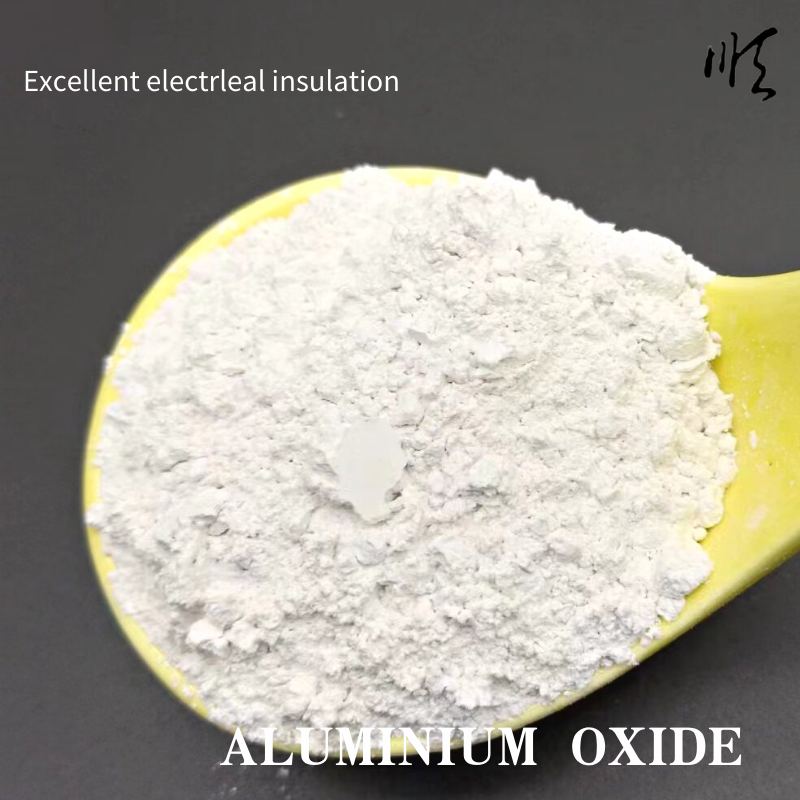
A Comprehensive Guide to Common Inorganic Compounds and Their Uses
Understanding Inorganic Compounds A Comprehensive Overview
Inorganic compounds, a fundamental class of chemical substances, are diverse and essential to numerous aspects of science, industry, and everyday life. Unlike organic compounds, which primarily consist of carbon and its derivatives, inorganic compounds are characterized by their various elemental compositions not dominated by carbon. This article aims to explore the features, classifications, and significance of inorganic compounds, along with a list of commonly encountered substances.
What Are Inorganic Compounds?
Inorganic compounds encompass a vast array of substances defined by their lack of carbon-hydrogen (C-H) bonds. They include salts, minerals, metals, and oxides, found in both natural and synthetic forms. Given their diversity, inorganic compounds can be ionic or covalent and can exist in solid, liquid, or gaseous states.
Classification of Inorganic Compounds
Inorganic compounds can be classified into several categories based on their properties and structures. Common classifications include
1. Salts Composed of positively charged ions (cations) and negatively charged ions (anions), salts are formed through the neutralization reaction between an acid and a base. Table salt (sodium chloride, NaCl) is one of the most well-known examples.
2. Oxides These compounds consist of oxygen bonded to one or more other elements. Metal oxides (like iron oxide, Fe2O3) are commonly found, alongside non-metal oxides (like carbon dioxide, CO2).
3. Acids and Bases Inorganic acids such as hydrochloric acid (HCl) and sulfuric acid (H2SO4) play crucial roles in various chemical reactions. In contrast, inorganic bases like sodium hydroxide (NaOH) are vital in neutralizing acidity.
4. Metals and Alloys Pure elements like iron (Fe) and copper (Cu) are considered inorganic metals, while alloys (mixtures of two or more metals) have unique properties widely applied in construction, electronics, and more.
5. Coordination Compounds These consist of a central metal atom bonded to surrounding molecules or ions known as ligands. An example is hexaminecobalt(III) chloride, which showcases the complexity of inorganic compounds.
inorganic compounds list

Importance of Inorganic Compounds
Inorganic compounds have significant applications in various fields
- Industry They are crucial in manufacturing processes, serving as catalysts, reactants, or products in chemical reactions. For instance, sulfuric acid is a key ingredient in fertilizer production.
- Environmental Science Understanding inorganic compounds helps in assessing environmental pollution levels, as many are involved in harmful emissions or can constitute pollutants themselves.
- Biology and Medicine Although primarily associated with inorganic chemistry, many inorganic compounds exist in biological systems. For instance, minerals like calcium and iron are fundamental for physiological functions.
- Materials Science Inorganic materials generate advancements in electronics, construction, and nanotechnology. For example, silicon dioxide (SiO2) is crucial in making glass and ceramics.
Common Inorganic Compounds
Here is a brief list of notable inorganic compounds
1. Water (H2O) The most abundant and vital compound for life, essential in biochemical reactions. 2. Ammonia (NH3) Widely used in fertilizers and as a cleaning agent. 3. Sodium Bicarbonate (NaHCO3) Commonly known as baking soda, utilized in baking and as an antacid. 4. Calcium Carbonate (CaCO3) Found in rocks and shells, important for construction and as a dietary supplement. 5. Hydrochloric Acid (HCl) A strong acid used in various industrial processes. 6. Silicon Dioxide (SiO2) Used in glass manufacturing and as an abrasive.
Conclusion
Inorganic compounds are integral to science and many practical applications. Their extensive versatility and essential roles highlight the importance of studying these substances in greater detail. As industries evolve and new technologies emerge, the significance of inorganic compounds will undeniably continue to grow, shaping the future of multiple scientific fields.
Share
-
Premium Resin Coated Sand - High Heat Resistance CastingNewsJul.31,2025
-
High Quality Silicon Carbide Grit for Abrasive ApplicationsNewsJul.30,2025
-
High-Quality Ceramsite for Plants & Gardening | Lightweight PebblesNewsJul.29,2025
-
Premium Burgundy Glass Marbles for Vases & Shooter GamesNewsJul.29,2025
-
High Purity Quartz Sand for Industrial and Ground ApplicationsNewsJul.29,2025
-
High-Quality Barite Powder for Drilling & Industrial UseNewsJul.29,2025






